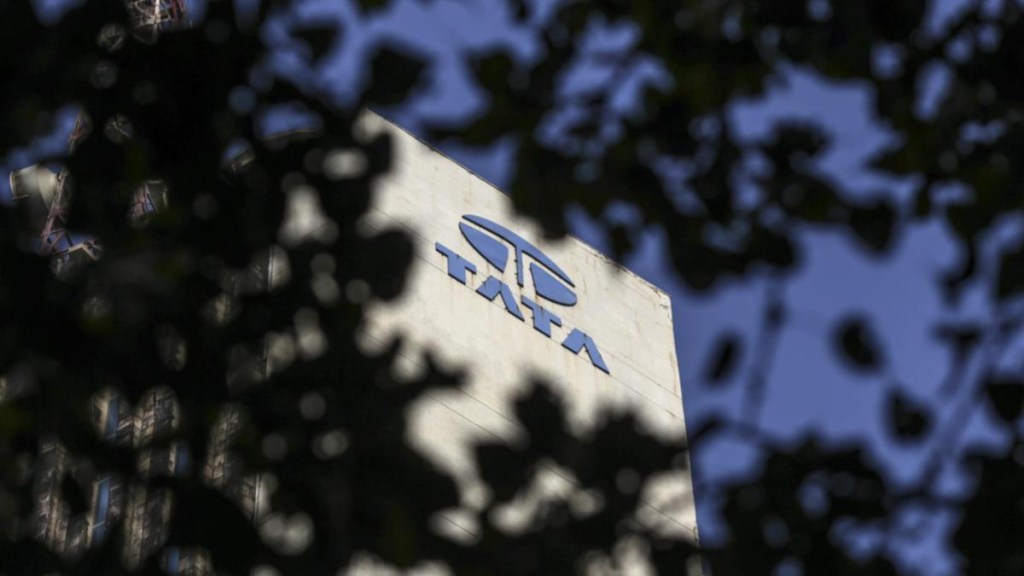The growth of the commercial vehicle business of Tata Motors will accelerate and set new goals, post the demerger of the existing automotive businesses into two listed entities, top company officials said on Wednesday. The reason for the same being that resources will no longer be routed to support the passenger car business.
Tata Motors is separating the commercial vehicle unit from the rest of the business and a formal demerger process is underway. This process where existing Tata Motors shareholders stand to get one equity share in the new, listed company, is expected to be completed by July, 2025.
“Passenger vehicle business became self-sustaining only recently. So, it is fair to say that there were compromises that had to be made with the CV business,” PB Balaji, group CFO, Tata Motors said.
“Earlier the market was not developed but we now see the market developing very fast on the CV side as technology develops and thus there is a need to double down on some of those areas,” Balaji added.
While products (trucks and buses) within CV vertical are exposed to market cyclicality, the company is aiming to grow those areas of business which are not exposed to such uncertainties. There are eight business verticals within Tata Motor’s CV unit of which three never existed.
Girish Wagh, executive director, Tata Motors, said, “The demerger will allow CV business to pursue its own aspirations. There will be freedom to access capital and grow in areas which would not have taken priority otherwise”.
With the free cash flow generation capability of the CV business, it will be able to fund the aspirations of not just the product but also the non-product which the company is aiming to scale up.
The traditional four verticals are medium and heavy vehicles, intermediate and light vehicles, buses and vans and small vehicles have different customers and different competition. Four other businesses – international business, downstream spares and service, smart city mobility, digital business – are not linked to domestic cyclicality.
“The CV business is about Rs 80,000 crore (revenue), generating 10-11% Ebitda and spending about Rs 2000-2500 crore on capex. CV has always been a cash generating engine and it is generating ROCE of 36%. Its ability to double down on those investments is much higher because it can be on its own,” Balaji added.
Broader megatrends seen in the car industry are expected to drive changes in the CV segment also. Autonomous, electrification, connected, shared (ACES) will eat up 40% of the CV capex in FY25, said Wagh.
Tata Motors CV sales volume during FY24 stood at 378,060 units, a fall of 4% compared to FY23. The company’s market share stood at 39% in FY24 down from 41% clocked in FY23.



















